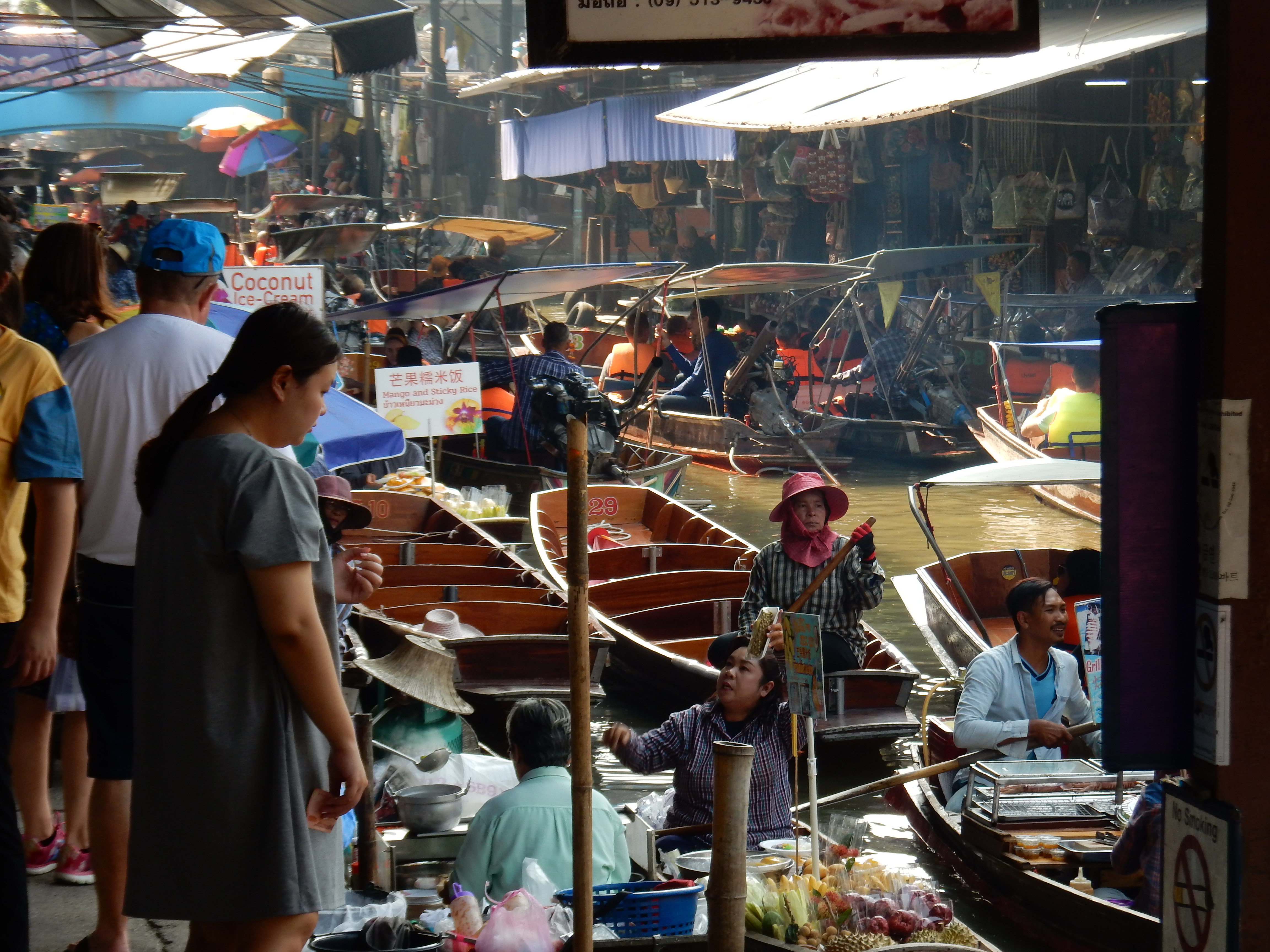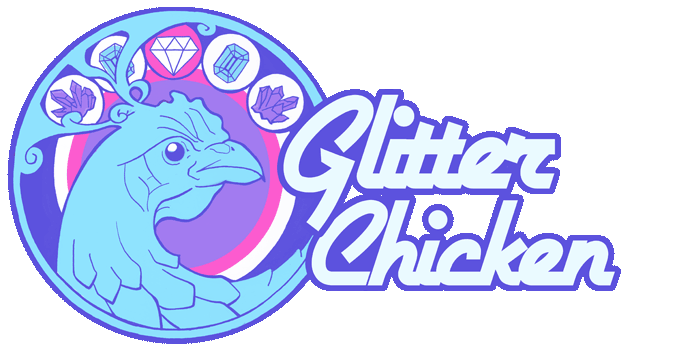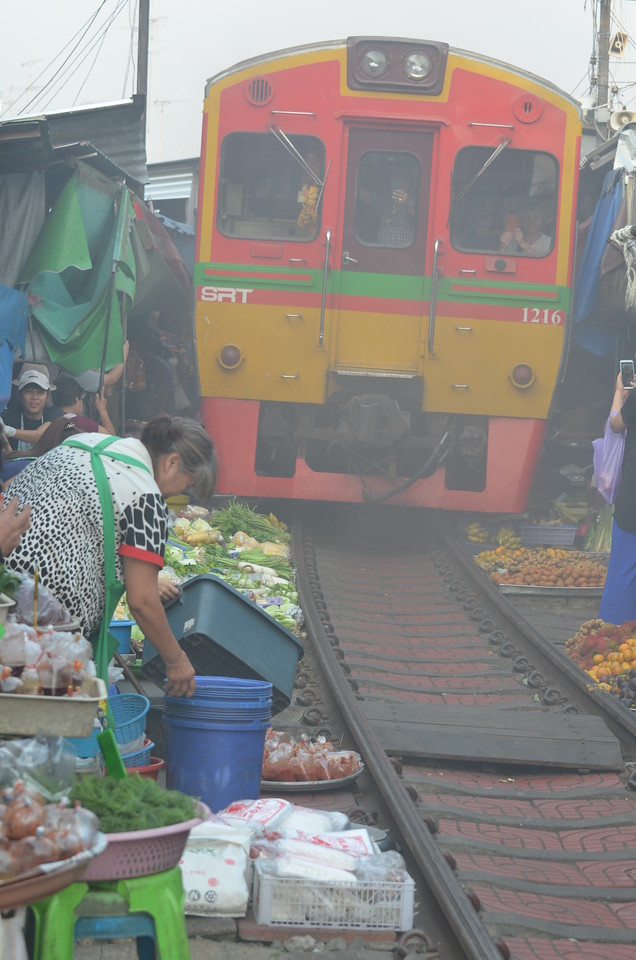Thai Market Tour
 Bird watchers are a strange breed. I should know. I’m one of them. The good news is this avian hobby takes you to some far-flung, rugged, and exotic locations. The bad news is (if you travel with a group) many bird watchers (or twitchers if you’re of the British persuasion) are singular in…shall we say…focus. This is not a criticism, but rather an observation expressed in admiration for their passion. But if I’ve got to sit in a pressurized aluminum tube for 22 hours at 35,000 feet to get half-way across the globe, I want to do more than chase tiny feathered creatures flying through the forest! It was with that thought in mind, armed with a pair of binoculars, a well-stocked toiletry kit, and some drab safari clothes that I made my way to Thailand.
Bird watchers are a strange breed. I should know. I’m one of them. The good news is this avian hobby takes you to some far-flung, rugged, and exotic locations. The bad news is (if you travel with a group) many bird watchers (or twitchers if you’re of the British persuasion) are singular in…shall we say…focus. This is not a criticism, but rather an observation expressed in admiration for their passion. But if I’ve got to sit in a pressurized aluminum tube for 22 hours at 35,000 feet to get half-way across the globe, I want to do more than chase tiny feathered creatures flying through the forest! It was with that thought in mind, armed with a pair of binoculars, a well-stocked toiletry kit, and some drab safari clothes that I made my way to Thailand.
First stop, Bangkok. Most people who go to Bangkok are lured by tales of the colorful commercial traffic on the khlongs (narrow canals), where vendors paddle along selling their wares from sampans (long, low, wooden boats). Commonly known as floating markets, they’re a “must-see” stop on every tourist itinerary.[1] I like to think I’m not a typical commercial traveler. I eschew tacky souvenir shops full of key chains and cheap t-shirts, but I am a sucker for cultural experiences, regardless of how trite. Fortunately, our guide who went simply by “Wat,” had pre-arranged that prior to the “birdy” part of our trip, we would spend a day along the Mae Klong River approximately 90 kilometers outside of Bangkok at the touristy but better known Damnoen Saduak floating market in Ratchaburi Province and the more authentic Amphawa floating market and nearby Maeklong Railway Market in Samut Sonkhram Province.
Many localities are characterized by their street food to the point where it becomes caricature. Think cheese steaks and soft pretzels in Philadelphia or poutine in Montreal; there are better things to eat in those places in my opinion. Bangkok, on the other hand, is defined by its street food and for good reason. The iconic Thai dishes that you read about before you visit turn out to be really, really good once you actually get to try them! Case in point - bamboo rice (more on this later). Thai chefs, as a general rule, are particular about their cuisine and fastidious in their kitchens. They’re careful to wash fruits and vegetables in filtered water and wear gloves during food prep. I’m not recommending that you eat mayonaisy salads (which are few and far between) or undercooked seafood (also rare, pardon the pun) to your stomach’s content, but if you use a little discretion, your digestive system will be safe.
Existing literally on the river and so close to the Gulf of Thailand, it came as no surprise that seafood was the menu item du jour on the floating markets, but I was struck by the enormous quantities and wide varieties of critters available. It would be impossible to inventory all the treats available in the floating markets because as they say: “One night in Bangkok and the world’s your oyster.” The MTV Generation will recognize this line from Murray Head’s one-hit wonder.[2] Sadly, as a teen growing up in a sheltered corner of rural southeastern Pennsylvania, my only mental image of Bangkok came from that song. Inevitably, it became an earworm as I travelled around Thailand, but truth be told, the lyric was on point. Any visit to a Thai market will prove that the world is not only your oyster - it’s your dried shrimp, crab, red snapper, green mussels, and prawns! prawns! prawns! Whole, shelled, steamed, or stir-fried, prawns are arguably the quintessential food of Thailand, more ubiquitous than pad thai or green curry.
Besides seafood, staples of the Thai kitchen abound at the Damnoen Saduak market. Chilies, kaffir limes, rice, banana leaves for steaming, fish sauce, noodles, rose apples (fruits that look like malformed Red Delicious apples but have a mildly floral taste and the texture of under-ripe pears), garlic, mangoes, and coconut in all forms overflow from stalls along the canal banks and from baskets in the sampans. And there are other things you can buy besides food, such as Thai elephant pants, which are all the rage and can be purchased for as little as 100 baht ($3 US). These unisex harem pants with elephant print or paisley designs come in all colors and are styled either with banded cuffs or hanging loose like pajama bottoms. Grungy hitchhikers, groups of school high school kids, and gray-haired pensioners were all sporting elephant pants after visiting the markets.
Next came the harrowing experience when our group tumbled into a boat that Wat had hired. As our small vessel began pushing its way onto the crowded canal, our fingers were in danger of being crushed between neighboring sampans with long propellers of their improvised outdoor motors jabbing at us right and left. After a sharp right turn onto an adjoining khlong, the busy boat traffic at the heart of the market soon gave way to wooden houses on stilts and then an alley of “shops” reminiscent of a carnival midway where we were confronted with what I feared most - cheap souvenirs probably made in China. Peddlers displayed everything from collapsible bamboo hats, stuffed animals, and wooden figurines to tarantulas and scorpions mounted under glass. Before long, all of their goods looked identical and indistinguishable, which did not go unnoticed by the merchants who had invented clever ways to attract our attention, like the ingenious woman who had fashioned a long, wooden pole into a hook and deftly snagged our boat to pull us in just like a fisherman hauls in his catch. There was no pressure to buy, however. With a wave of the hand or a shake of the head, we easily brushed off the vendors who seemed quite used to being declined and took it in stride.
Back to the food. To our delight, Wat had surreptitiously purchased snacks for our cruise. We were treated to small plastic sacks filled with semi-sweet bananas, fried to a golden brown and coated in sesame seeds, and little trays of meticulously peeled pomelo slices. Pomelo, the large grapefruit-like citrus, are plentiful throughout Thailand and are far larger, less acidic and less juicy, and much better than those I’ve tasted in the U.S.
It soon became apparent that our guide had a hidden agenda. After disembarking from our vessel, Wat made a beeline for a certain set of sampans whose inhabitants were furiously packing plastic take-out containers with mango slices and pastel blue, green, and pink rice. Aaahh! There it was - that fabled Thai dessert - Mango and Sticky Rice! The glutinous rice is colored naturally with various plant extracts and is served with ripe yellow mango topped with a creamy, sweet coconut syrup. It’s a feast for both the eyes and the palate. But that was not all Wat had up his sleeve. With some haste, he whisked us to our next destination, but not before stopping for a brief and much-welcomed sip of coconut water. After a short drive, we found ourselves packed into the tight quarters of the Maeklong Railway Market. Located in Samut Songkhram Province at the mouth of the Mae Klong River where it empties into the Gulf of Thailand, this market sits about 60 km south of Bangkok (an area which also happens to be the birthplace of Chang and Eng, the famous Siamese twins). The phoneticized name of the market is Talat Rom Hup which translates to “umbrella pull down market,” and we would soon learn why.
At Wat’s urgent insistence, we wormed our way to the vendor stalls, back to back or belly to belly with local shoppers and a smattering of fellow tourists (mostly British or Italian), involuntarily pushed along at the whims of the crowd to an uncertain destination. Suddenly, we were thrust into a constricted opening with train tracks at our feet, and that’s when it struck me: “Watch the tram car, please. Please, watch the tram car.” For those of you who spent any time at the Jersey Shore, that’s a familiar refrain, which is also kind of a joke, because with the combination of the wide boardwalk and glacial speed of the tram, it’s hardly likely that anyone walking the boards would be in jeopardy of being of being run down by the bright yellow, rambling train. But Talat Rom Hup is no joke.
After a few curt blasts of warning and a disembodied voice announcing its arrival, we caught sight of the train. After that, it was too late for us to do anything but scramble to either side of the narrow rails. While we were in a state of mild panic, juggling between getting out our cameras and jostling for space, the merchants were calmly pulling in their dusty blue canopies overhanging the tracks and covering their wares with cloths and broad sheets of paper. Although it didn’t move any faster than the Jersey Shore tram, the Maeklong train snaked through the market with mere inches to spare. We saw the side body of the train sticking out past the wheels and go gliding right over top of the fish and produce for sale! The passengers on the train were waving and taking pictures; we waved back and took pictures of them. And then, as if nothing extraordinary had just happened, the vendors pulled down their canopies (hence the name “umbrella pull down market”), uncovered their goods, and continued business as usual. Wat delighted in our expressed surprise.
For me, the best part of the entire experience was the bamboo rice. It’s probably one of the most unusual things I’ve eaten. Although comprised of the most common ingredients - rice, sweet coconut milk, and red mung beans - what makes it so unique and fun is the way it’s prepared and eaten. Away from the train track, outside of the market on the street side, stood a handful of vendors with umbrella-covered metal carts like you’d see in any city. Piled on top of one another in neat little rows were roasted bamboo tubes about 18 inches long that looked troublingly like pipe bombs. Having read about the bamboo rice, I begged to try one on the spot. The seller hacked open one of the bamboo canes and Wat, ever-prepared, carefully sliced the “log” of rice into tidy bite-size pieces with his pocket knife. The closest comparison to bamboo rice is solid rice pudding with bits of sweetness from the mung beans. The tastiest part is where the coconut milk condenses at the top. (Make sure you get that bit!)
While touring the fascinating markets of Thailand, I felt like a kid being led through a carnival wonderland. At every turn, there was a new and unusual sight or smell that filled me with astonishment. Every step stopped me in my tracks to ask childlike questions such as: “What is that?” “How is it made?” “Can we try some?” “Can we buy some?” And finally, “Point your bins this way, twitchers! See what you’re missing!”
If you go:
Thailand is often called the “Land of Smiles.” The people are genuinely friendly, but how they maintain their cheery demeanor while navigating Bangkok traffic should be the subject of scientific study. Due to the congestion, give yourself about 2 hours to make the 90 km drive. Taxis are readily available and reasonably inexpensive. Larger hotels will often make arrangements for you. Public transportation is also available.
Bangkok is HOT and humid, even in winter. Carry plenty of sunscreen, a hat, and water. Once you arrive at the markets, be sure to hydrate with fresh coconut water straight from the source.
And don’t forget your baht - you simply can’t go home without a pair or two of those elephant pants!
[1] The other 2 “must-see” stops on the typical tourist trip to Bangkok are the Grand Palace and the Temple of the Emerald Buddha (Wat Phra Kaew), which are easy enough to accomplish because the Temple is situated on the Grand Palace grounds. See https://www.tripadvisor.com/ShowUserReviews-g293916-d311044-r554346306-Temple_of_the_Emerald_Buddha_Wat_Phra_Kaew-Bangkok.html
[2] Little known fact: in 1985, the song was banned from a Thai Government-run radio station and TV channel because it was believed that the lyrics alluding to prostitution would "cause misunderstanding about Thai society and show disrespect towards Buddhism." See https://www.apnews.com/451e4f90b173c58f64cb70e9ed432af6

